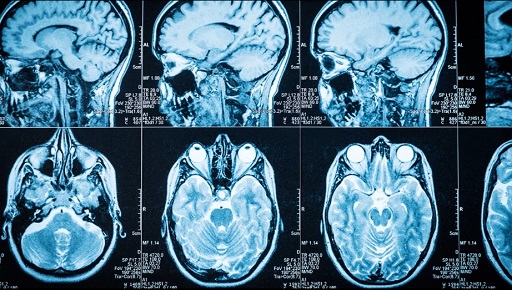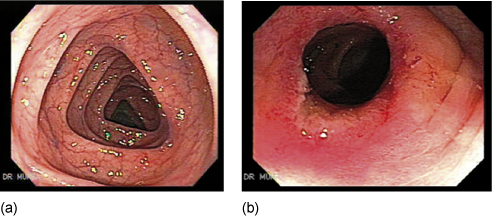2.8 Gut microbiome and stress
Stress is the body’s physiological response to a potential internal or external threat that can involve and/or impact several of the body systems and functions. Intense, short-term threats lasting for minutes to hours are categorised as acute stress, while longer periods of stress lasting for weeks to months are categorised as chronic stress. The acute stress response results in immediate changes in the functioning of the body that are beneficial to the survival of the organism, such as increased heart and respiratory rate.
During stress, cortisol is secreted from the adrenal glands. For response to an immediate stressful event, such as threat to life or other danger, raised cortisol is important for preparing the body to respond to the threat, such as increasing energy levels and awareness. Part of the response to cortisol is to redirect blood away from the gut to organs vital for survival, such as muscles for running and heart for delivering oxygen to the muscles. Video 1 contains a brief summary of some of the effects of the acute stress response on the body.

Transcript: Video 1 Overview of body systems affected by the acute stress response
With prolonged or chronic stress, cortisol levels stay high for prolonged periods of time. As a result, the reduced blood flow to the GI tract can have an impact on the health and diversity of the microorganisms in the microbiome. Typically, there is a reduction in the bacteria of the microbiota and an increase in pathogenic bacteria, leading to a decrease in gut microbiota diversity and dysbiosis. The pathogenic bacteria can contribute to the intestinal lining becoming more permeable, which can trigger inflammation in the gut wall. Figure 17 shows a colonoscopy of healthy, pale pink colon on the left with clear folds in the gut wall, and a swollen, red inflamed colon on the right.
The altered blood flow in chronic stress also affects gut motility and is linked to irritable bowel syndrome (IBS). Recent research has shown that there is altered gut diversity in patients with IBS, but whether this is a cause or effect is not yet known (Kim, 2023).
As you may be starting to see, the optimal functioning and health of the human host and gut microbiome are intertwined. In the next few sections you are going to learn about some of the factors affecting the health of the gut microbiome. You will then explore more about how imbalances in the gut microbiome can lead to several common health conditions.

